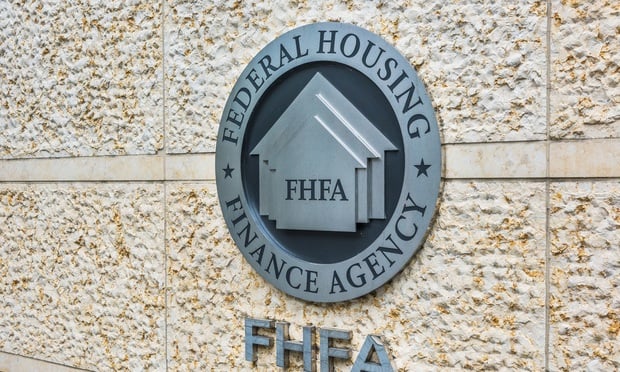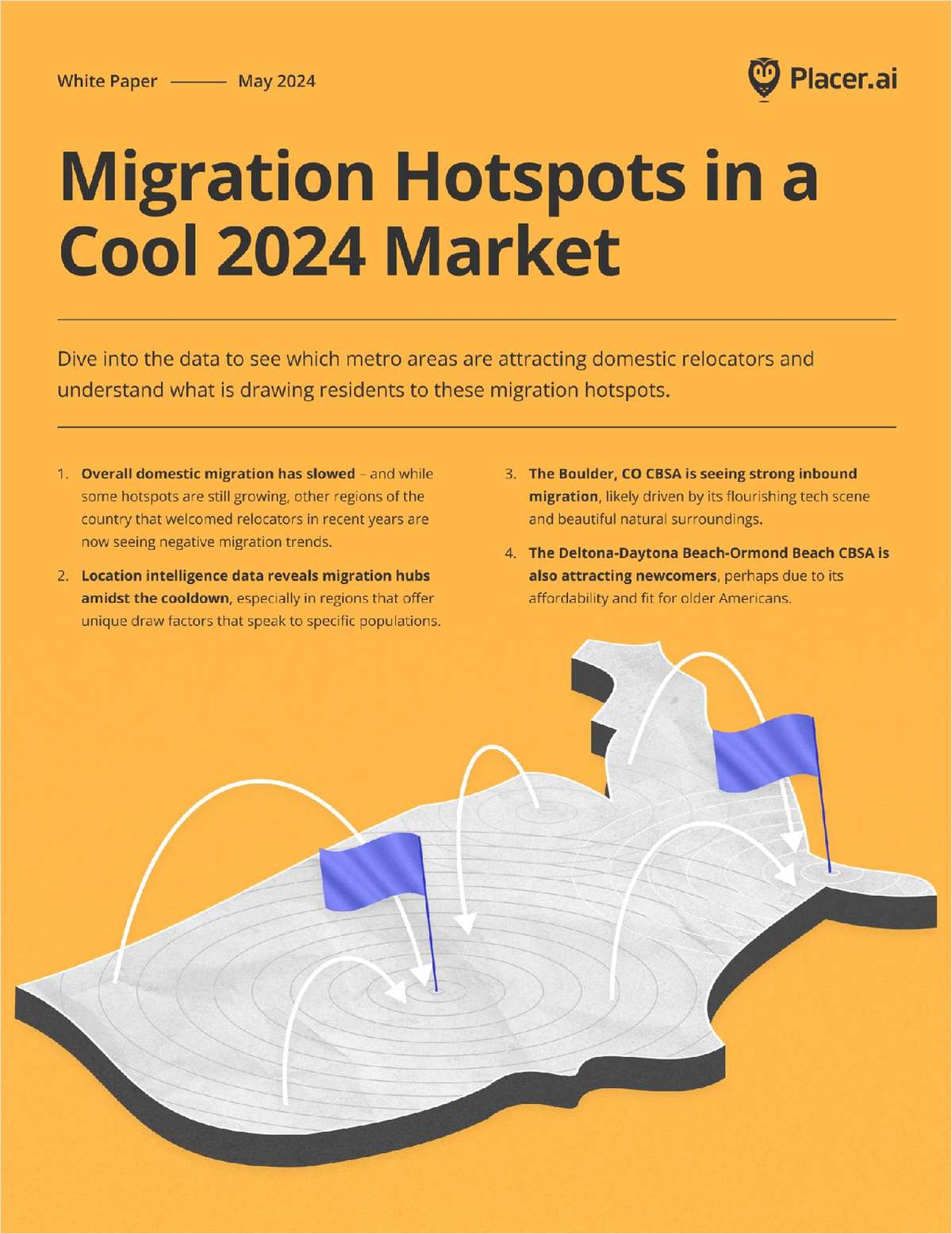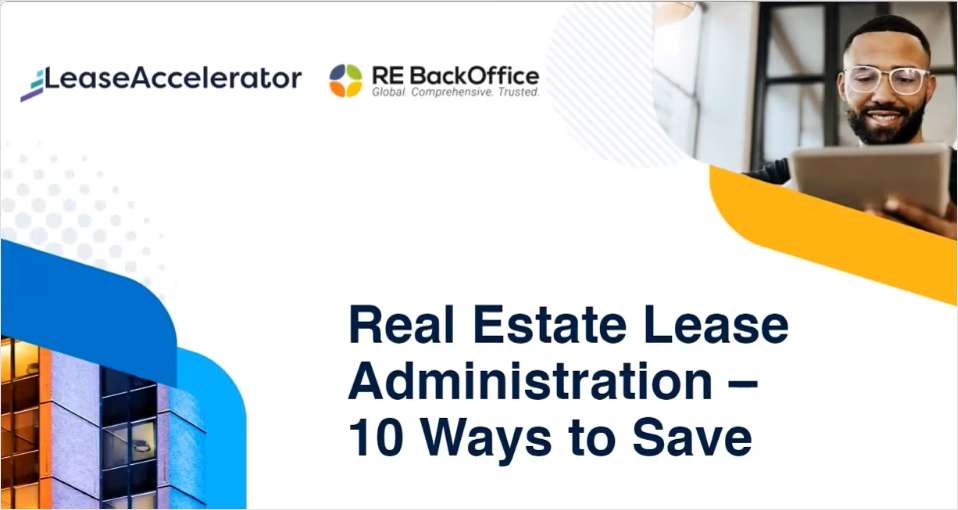Even though construction increased while net absorption fell,the office vacancy rate declined by 15 basis points from 8.65% inthe second quarter to 8.5% in the third. According to Grubb &Ellis figures, speculative construction topped out at 94.1 millionsf at the end of the third quarter compared with 88.3 million sf inthe second quarter and 68.6 million sf feet in the first quarter.Build-to-suit construction also increased, ending the quarter at30.8 million sf underway. This is the second highest total of thecurrent cycle.
Although net absorption declined in the third quarter, it wasmore sustainable than the previous four quarters. Third quarterabsorption totaled 19.4 million sf, down from the 34.4 million sfabsorbed in the second quarter, but well in line with the quarterlyaverage of 15.1 million sf from 1997 through 1999, the reportsays.
Though third quarter demand was lower, rental rates continuedincreasing in many markets. The previous four quarters' averageasking rent for class A space rose 14.9%, including an increase of7.3% in suburban markets and 23.4% in central business districts.Class B rents increased because of tenants trying to avoid class Arates, the report says. During the prior four quarters, theweighted average increase in class B rents was 16.5%, incorporatinga gain of 27.3% in CBD markets and 9.9% in the suburbs. While CBDrent increases are impressive, the tightest markets, includingManhattan, Boston, Washington, DC, San Francisco and Seattle, arealso among the largest.
Continue Reading for Free
Register and gain access to:
- Breaking commercial real estate news and analysis, on-site and via our newsletters and custom alerts
- Educational webcasts, white papers, and ebooks from industry thought leaders
- Critical coverage of the property casualty insurance and financial advisory markets on our other ALM sites, PropertyCasualty360 and ThinkAdvisor
*May exclude premium content
Already have an account?
Sign In Now
© 2024 ALM Global, LLC, All Rights Reserved. Request academic re-use from www.copyright.com. All other uses, submit a request to [email protected]. For more information visit Asset & Logo Licensing.








